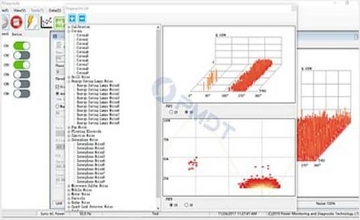- +27 79 866 5061
- pitso.masooa@resatech.co.za
The PDiagnostic is a multi-channel system that locates PD down to a meter by using Acoustic-Electromagnetic Combination Location Technique, Time Difference of Signals’ Arrival (TDOA), Partial Discharge Signals Separation (PDSS), and 3D Positioning Technology. Portable, troubleshooting on-line PD diagnostic and location system that utilizes multiple sensors with advanced diagnostic software and accurate partial discharge location capabilities. This system detects and measures PD on power assets down to an accuracy of one meter.
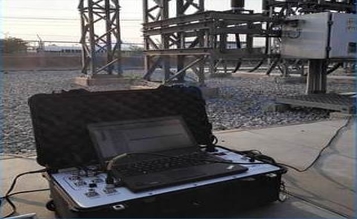
The PDiagnostic is a portable system that utilizes Ultra-High Frequency (UHF), Acoustic Emissions (AE), High-Frequency Current Transformer (HFCT), and Transient Earth Voltage (TEV) sensors to detect, analyze, and locate the PD signals in real time for a multitude of medium and high voltage electric power equipment.
The multi-channel PDiagnostic system locates PD on power equipment down to a meter by utilizing Acoustic-Electromagnetic Combination Location Technique, Time Difference of Signals’ Arrival (TDOA), Partial Discharge Signals Separation (PDSS), and 3D Positioning Technology with PC software included.
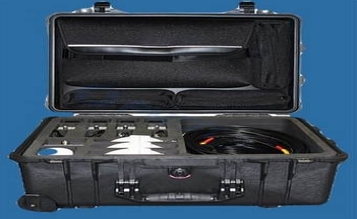
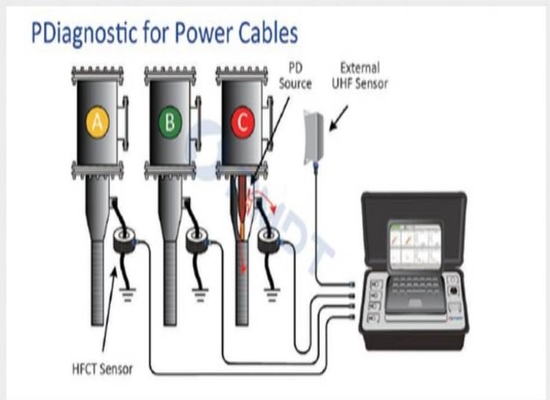
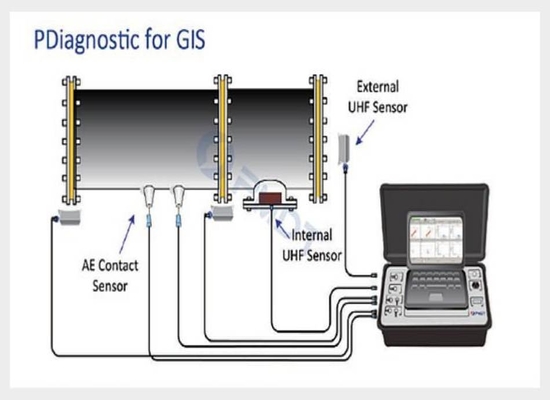
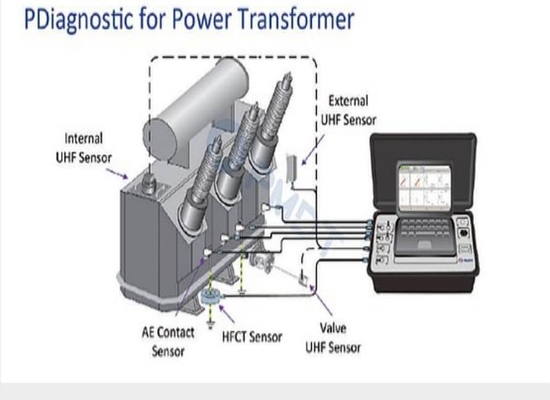
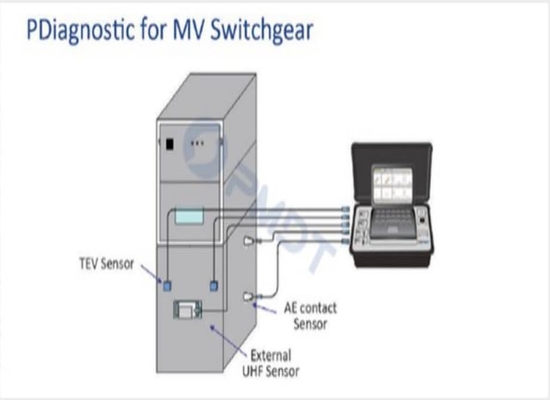
The advanced PDiagnostic software is used to detect, store and analyze abnormal signals. The software includes data acquisition control and data analysis modules. The data acquisition control module controls the PDiagnostic main unit to collect data. The data analysis module is used for data analysis, data query, trend analysis and to help locate PD.
The software features automatic digital filtering and identifies typical characteristics of certain signal types while excluding noise to help identify the PD types while utilizing our intelligent diagnostic algorithm, comparing previous data samples to trend and analyze the signal. This allows historical data statistics & analysis, and accurate fault location capabilities.
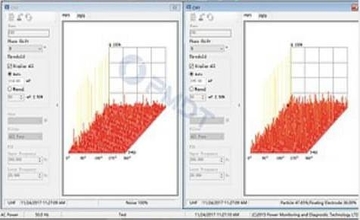
Searches for signals from each channel rapidly and displays PRPD and PRPS spectrums in real time. Helps to determine whether it is noise or PD and what the PD type might be automatically. This detection mode is convenient for the user to check the amplitude, phase characteristics and the diagnostic results.
Searches for signals from each channel rapidly and displays the pulse, PRPD and PDSS spectrums. The pulse spectrum displays signals' time domain characteristics. Advanced Partial Discharge Signals Separation (PDSS) data analysis technique is utilized to separate noises from PD signals and to separate different types of PD signals into different groups. The PDSS spectrum displays the time and frequency characteristics of signals.
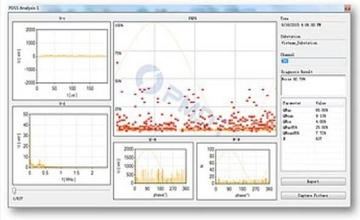
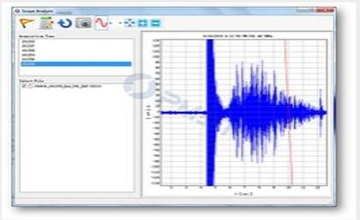
Searches for signals from each channel, displays the original waveforms and conducts time domain analysis for each channel. The pulse's amplitude, width and characteristics can be observed. Acoustic-electromagnetic combination location techniques is utilized. The signal source can be accurately located through acoustic-electromagnetic time of flight calculation.
The Fingerprint Library is a built-in, typical PD and noise/disturbance characteristics database which includes PRPD and PRPS characteristic spectrums of typical types of PD and various kinds of disturbance signals. The Fingerprint Library supports automatic PD recognition under quick detection and pulse detection modesand is useful for the user to learn about characteristics of each type of PD and disturbance.
